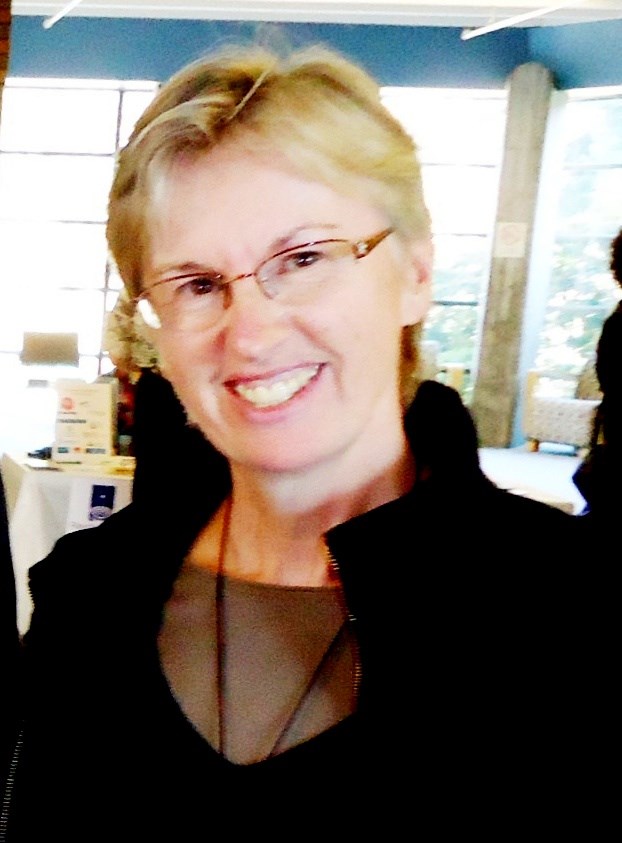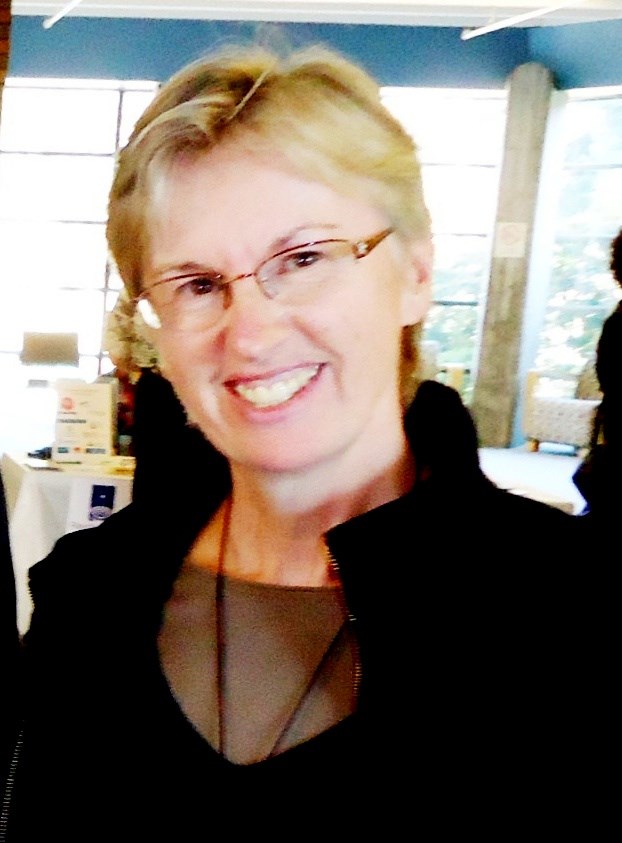As difficult as it is to believe that the future may be great or even livable, if there is one Bahá’à teaching I would most recommend, it is that the future can and will be glorious. To see our enormous challenges as opportunities is incredibly liberating. More importantly, it’s also an antidote to the pervasive sense of pessimism and despair that keeps us from getting on with the hard work of creating a just and compassionate global society.
To have some hope for the future seems essential to being able to build a positive version of it. Conversely, a fatalistic expectation of the destruction of the human race provides us with no logical reason to modify our behaviours in order to preserve the natural world or advance as a civilization.
Bahá’à children the world over are told a story that isn’t at all well-known to the rest of the world –  the story of the Founder of their faith. It’s unusual for any number of reasons, not least of which is the clarity and complexity of His vision for a peaceful and prosperous future.
Even a very short version of this much-loved story seems incredible. Bahá’u’lláh was born to a Minister of the Persian court, but gave up a life of comfort to bring to the world a divine revelation, the fulfilment of prophecy of the Messengers of the past. For this, He lived the life of a prisoner and exile within the territories of the Ottoman Empire, revealing the teachings of the new faith in Tablets that would grow to the equivalent of 100 books. His lifetime, 1817 – 1892, spanned a time of great spiritual renewal and enormous scientific progress. Bahá’u’lláh foretold a turbulent period of history resulting in the spiritual transformation of humanity and the eventual dawning of a new era of world peace and international cooperation.
One child who was inspired by this story was Bahá’u’lláh’s great-grandson Shoghi Effendi, who became the head of the Bahá’à Faith in 1921. Several years later, in 1938, Shoghi Effendi explained the mechanics and structures of the vision of the new civilization in his book, The World Order of Bahá’u’lláh. It was written in excellent English. Although its author was raised in Iran, he was educated at Oxford University. The year before the book was published he had married Mary Sutherland Maxwell, born in New York and raised in Montreal by Bahá’à parents. The new era of global interconnectedness had already begun.
Bahá’u’lláh referred to the much-prophesied new era with a joy and optimism that’s surprising, given the gravity of our present challenges. It’s a vision of the future that’s hopeful, but neither sanguine nor fatalistic. Our current travails, He said, are part and parcel of the evolution of humanity from its childhood into maturity. The earth is birthing new life. It’s not an easy process. Â
Contrary to dystopian visions of the future, Bahá’u’lláh echoed the mystical promises found in various spiritual prophecies. He referred to the coming Great Peace, an age when the earth would mirror the heaven of our higher natures. He foresaw a world that would recognize the importance of spirituality, where the education of children of both sexes would be a primary concern of society, where a system of world governance would be dedicated to true justice, and the rights of all people would be universally safeguarded. The new civilization would be enormously prosperous because of those conditions.
Although that vision sounds like a powerful wish list, it was accompanied by a description of the processes and structures needed. All require a huge amount of work, personally and collectively. I’m reminded of those who gathered in Copenhagen and Paris to support climate legislation. No progress occurs automatically or by chance.
The structures that will protect not just humanity, but all the earth’s species, will necessarily need to be universal. Although we live with an early and incomplete iteration of those structures, this also seems to mimic nature. A baby doesn’t resemble an adult, but is nevertheless an early version of both the child and the adult it will become.
For the curious, below is the form and structure of these future institutions as gleaned from the tablets of Bahá’u’lláh and described by Shoghi Effendi in The World Order of Bahá’u’lláh.
“The unity of the human race, as envisaged by Baha’u’llah, implies the establishment of a world commonwealth in which all nations, races, creeds and classes are closely and permanently united, and in which the autonomy of its state members and the personal freedom and initiative of the individuals that compose them are definitely and completely safeguarded.
This commonwealth must, as far as we can visualize it, consist of a world legislature, whose members will, as the trustees of the whole of mankind, ultimately control the entire resources of all the component nations, and will enact such laws as shall be required to regulate the life, satisfy the needs and adjust the relationships of all races and peoples. A world executive, backed by an international Force, will carry out the decisions arrived at, and apply the laws enacted by, this world legislature, and will safeguard the organic unity of the whole commonwealth.
A world tribunal will adjudicate and deliver its compulsory and final verdict in all and any disputes that may arise between the various elements constituting this universal system. A mechanism of world inter-communication will be devised, embracing the whole planet, freed from national hindrances and restrictions, and functioning with marvellous swiftness and perfect regularity.
A world metropolis will act as the nerve center of a world civilization, the focus towards which the unifying forces of life will converge and from which its energizing influences will radiate. A world language will either be invented or chosen from among the existing languages and will be taught in the schools of all the federated nations as an auxiliary to their mother tongue. A world script, a world literature, a uniform and universal system of currency, of weights and measures, will simplify and facilitate intercourse and understanding among the nations and races of mankind.
In such a world society, science and religion, the two most potent forces in human life, will be reconciled, will cooperate, and will harmoniously develop. The press will, under such a system, while giving full scope to the expression of the diversified views and convictions of mankind, cease to be mischievously manipulated by vested interests, whether private or public, and will be liberated from the influence of contending governments and peoples. The economic resources of the world will be organized, its sources of raw materials will be tapped and fully utilized, its markets will be coordinated and developed, and the distribution of its products will be equitably regulated.
National rivalries, hatreds, and intrigues will cease, and racial animosity and prejudice will be replaced by racial amity, understanding and cooperation. The causes of religious strife will be permanently removed, economic barriers and restrictions will be completely abolished, and the inordinate distinction between classes will be obliterated.
Destitution on the one hand, and gross accumulation of ownership on the other, will disappear. The enormous energy dissipated and wasted on war, whether economic or political, will be consecrated to such ends as will extend the range of human inventions and technical development, to the increase of the productivity of mankind, to the extermination of disease, to the extension of scientific research, to the raising of the standard of physical health, to the sharpening and refinement of the human brain, to the exploitation of the unused and unsuspected resources of the planet, to the prolongation of human life, and to the furtherance of any other agency that can stimulate the intellectual, the moral, and spiritual life of the entire human race.
A world federal system, ruling the whole earth and exercising unchallengeable authority over its unimaginably vast resources, blending and embodying the ideals of both the East and the West, liberated from the curse of war and its miseries, and bent on the exploitation of all the available sources of energy on the surface of the planet, a system in which Force is made the servant of Justice, whose life is sustained by its universal recognition of one God and by its allegiance to one common Revelation—such is the goal towards which humanity, impelled by the unifying forces of life, is moving.” – ,Ěý
 Sheila Flood is a member of the Bahá’à Faith (www.bahai.org), a chaplain with UVic Multifaith Services and the Secretary of the Victoria Multifaith Society.
Sheila Flood is a member of the Bahá’à Faith (www.bahai.org), a chaplain with UVic Multifaith Services and the Secretary of the Victoria Multifaith Society.
You can read more articles on our interfaith blog, Spiritually Speaking,



